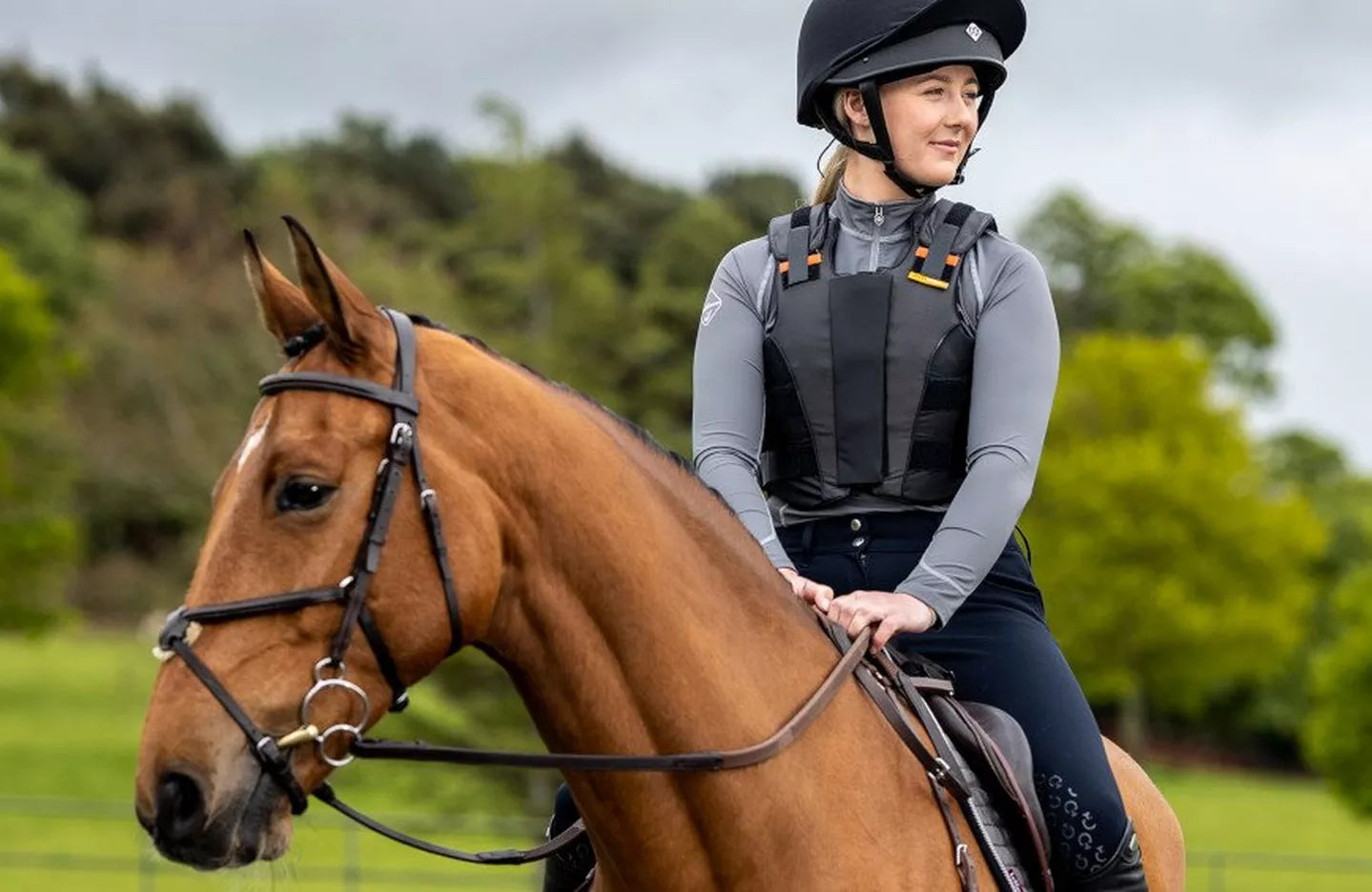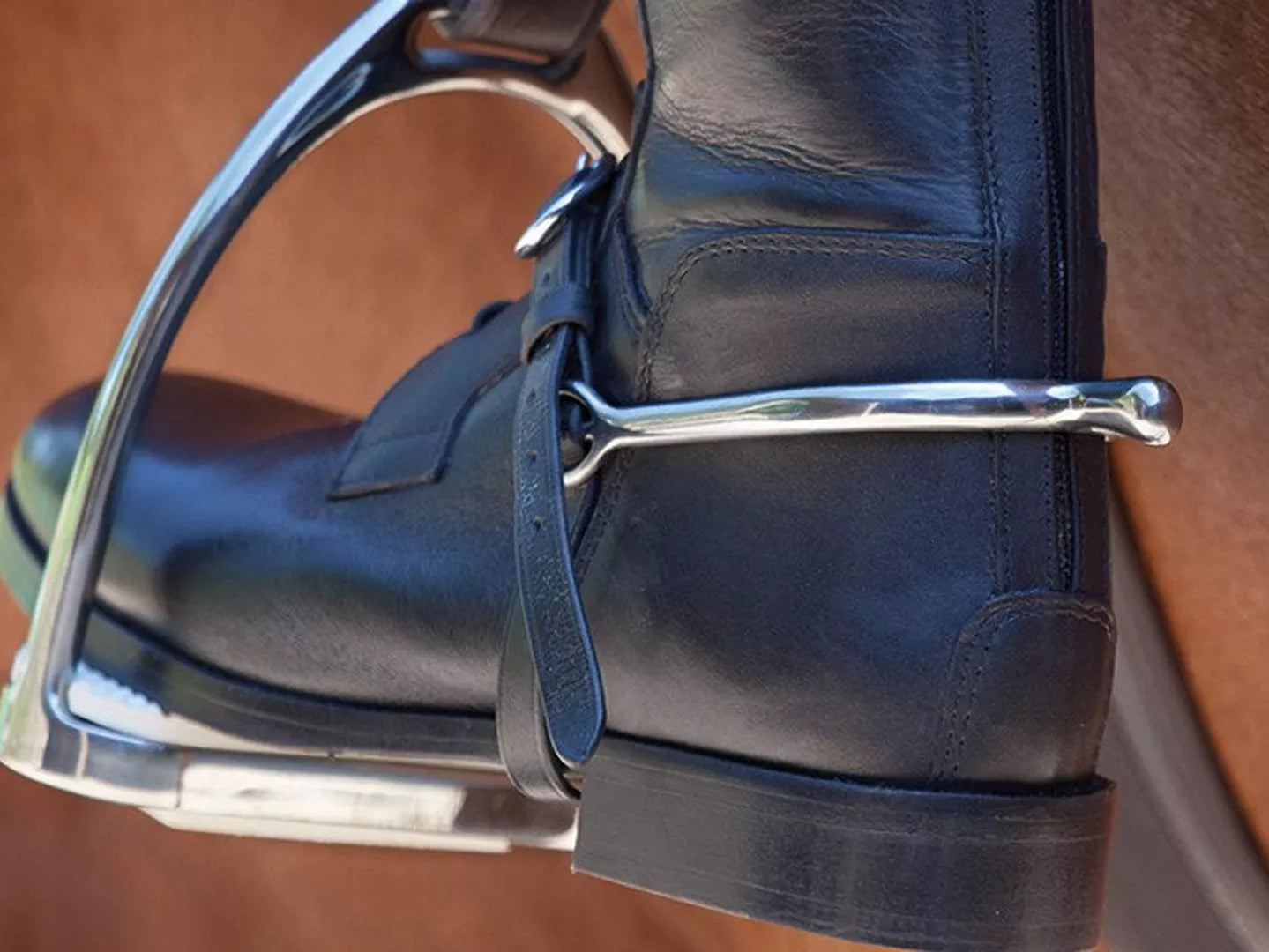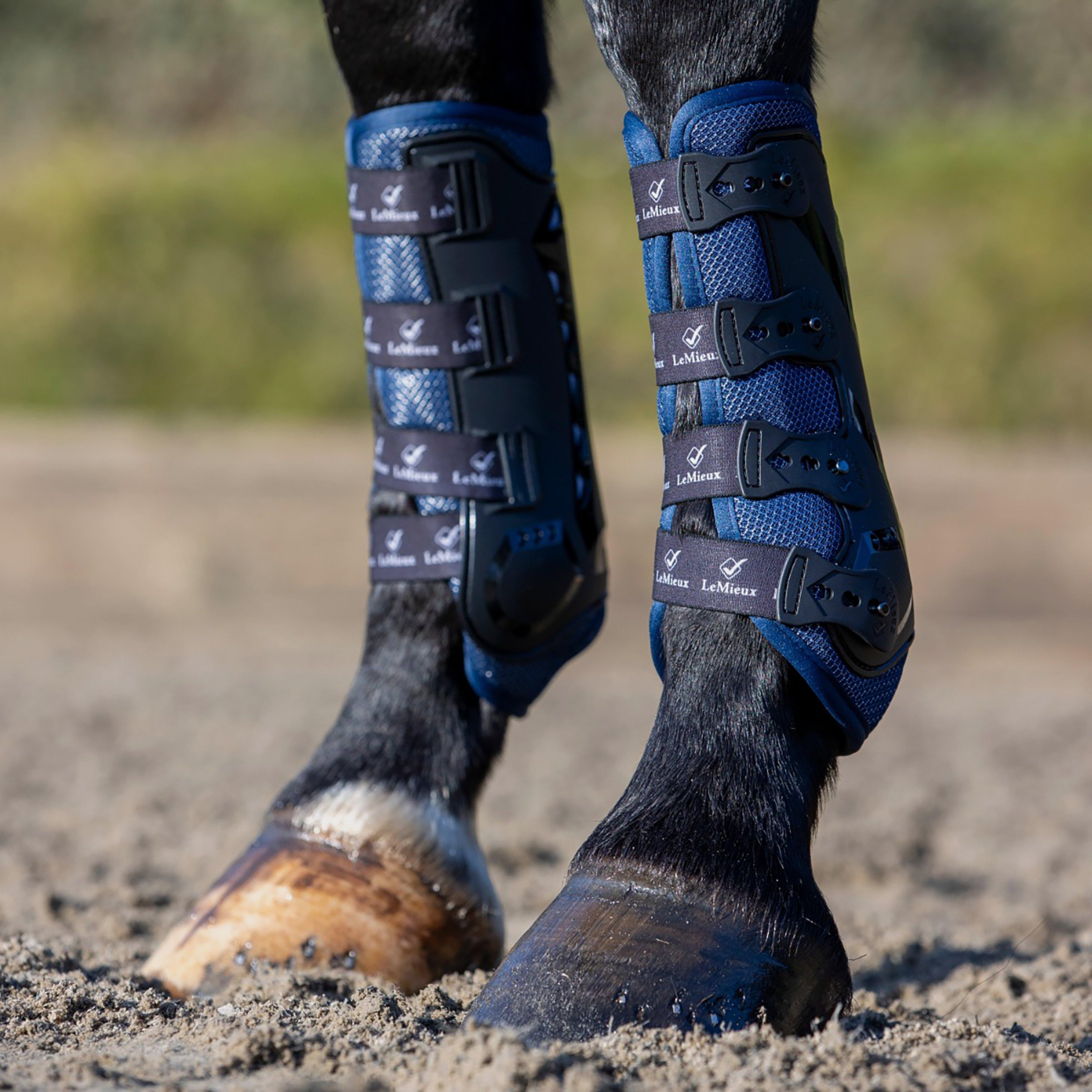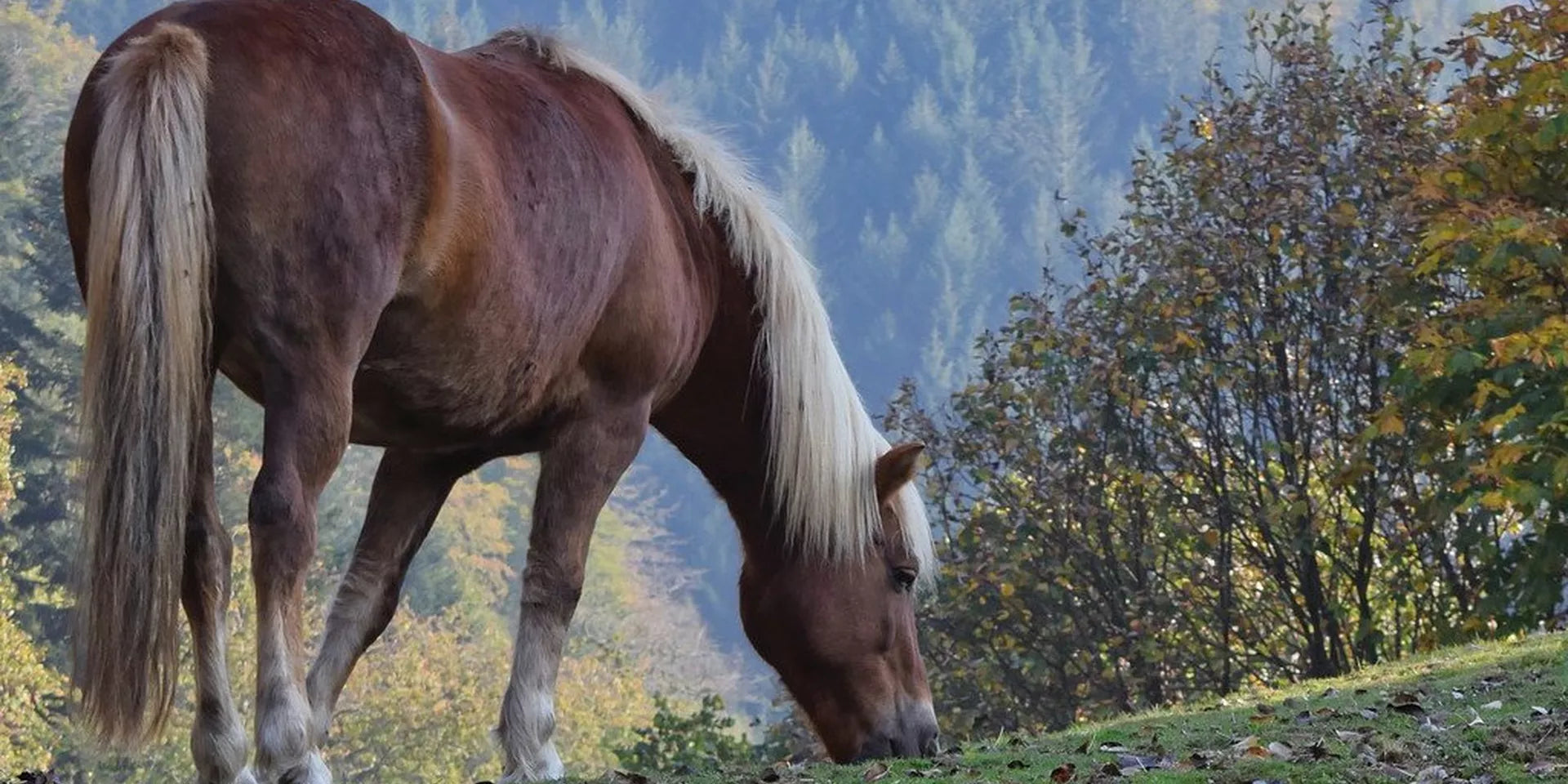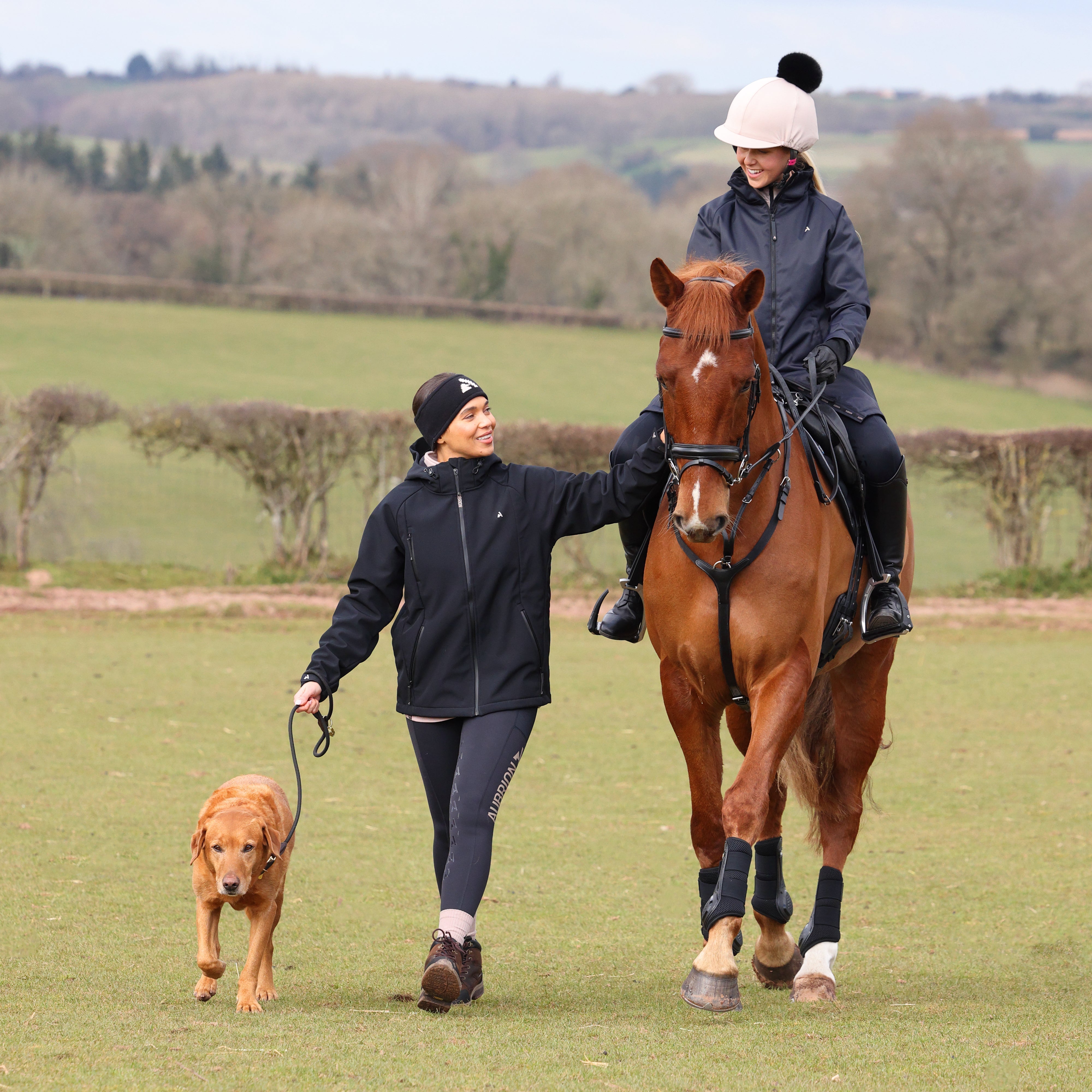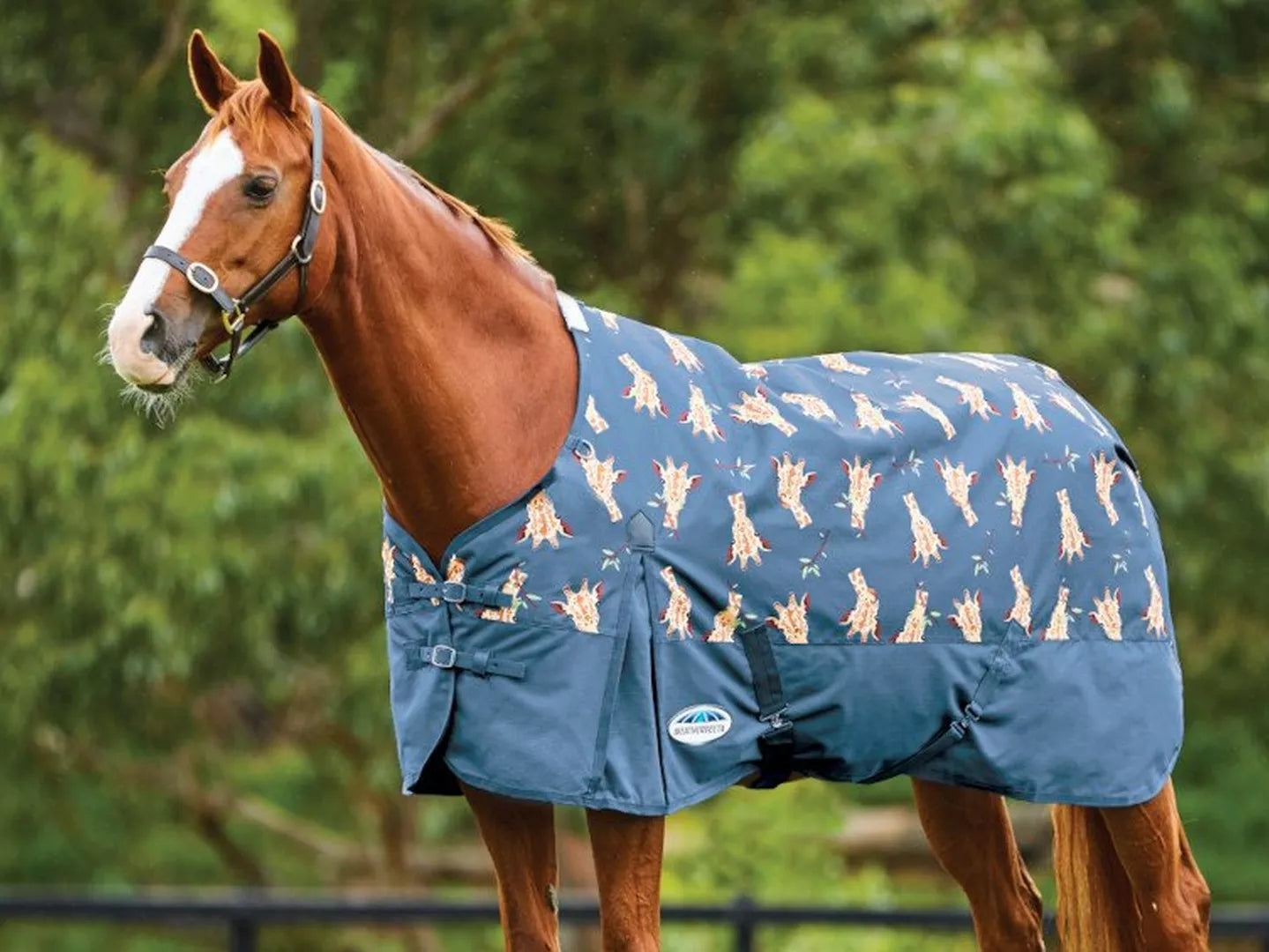No one likes falling off, right? Sadly, as riders it’s essentially unavoidable! It's no secret that horse riding has long been labeled as one of the most dangerous sports to participate in. Whether our horse spooks unexpectedly, ducks out at a jump or throws a cheeky buck to keep us on our toes, sometimes sticking in the saddle simply isn’t on the cards! Ironically though, falling off safely is rarely something we're taught when we’re first learning to ride. There’s a lot of stigma around falling off, but it’s nothing to be embarrassed about, even riders at the top of their game take the occasional tumble. So, instead of hoping that it'll never happen, it’s time we all got properly prepared! Take a look at our top tips on how to fall off safely to minimise the risk of getting seriously hurt…
Falling Off A Horse Safely
1. Safety Wear
No matter how prepared we are for a fall, we can never completely eliminate the risk of injury. What we can do however, is to reduce the likelihood of it being life-threatening. One of the best ways to do this is by wearing the correct safety equipment. Whenever you work with a horse, we highly recommend wearing a riding hat. This must fit correctly and should also meet current safety standards. If your hat is ever damaged, it will not provide the appropriate level of protection. So, even though replacing it might seem costly, it’s never worth the risk! For activities such as show jumping, eventing, fun rides, breaking in and hunts, we’d also suggest wearing a body protector and an air jacket.



2. Stirrups
It might sound a little odd, but safety stirrups can make a really big difference in the event of a fall. If you’ve ever been in the awful situation of getting your foot stuck in the stirrup when you’ve been unseated, this will come as no surprise! One of the most dangerous types of accident in the horse world, being dragged can lead to a whole range of nasty and even life threatening injuries. Because of this, we’d recommend opting for safety stirrups like peacock irons, bent leg irons or Freejump Soft'Ups. These are specially designed to prevent your foot getting caught! Remember, these will only work as they're designed to if you're wearing appropriate footwear. No matter the weather or the occasion, be sure to ditch the flip flops and trainers for riding boots or country boots with a riding sole.
3. Reins
As riders, there’s very few situations where it’s safer to drop the reins than keep hold! That being said, when we know we’re about to fall off (and we're not out in the open) it can actually be the best thing to do. By allowing ourselves to loosen our hold on the reins, we avoid getting our hands stuck or tangled. This reduces the chance of you breaking your wrist or fingers, sustaining friction burn or damaging your horse's mouth.
4. Relax
Easier said than done, we know! One of the biggest mistakes we can make is to brace ourselves for a fall by tensing. Tensing our muscles makes our body stiffer and more rigid, meaning the next bit is almost impossible...
5. Shape
Think tuck and roll! When we’re falling, our first instinct is to put our arms out to ease the impact. Sadly, this increases our risk of damaging our wrists, elbows, shoulders and collar bone. So, while it may go against our natural reactions, it’s a good idea to train yourself to bring your arms inwards. The idea is to place one arm across your body, ensuring that you are looking down with your head angled in the opposite direction. This creates a natural twist, positioning the shoulder blade so that you’re able to roll forward on to it without harsh impact. This works with our momentum to avoid jolting, but most importantly it prevents us landing on our head or neck. Stay tucked up, allowing your roll to continue until you come to a stop naturally.
When riding with others, holding this position is even more important, helping you to avoid being trodden on.
6. Practice
We’re not suggesting you throw yourself off a lot, but this has to become second nature! Falls often happen at high speed, so we don’t have time to think about what’s going on. With this in mind, we have to slow things down a bit while we’re learning.
We’d recommend grabbing your yoga mat or heading into the arena wearing your hat and body protector (providing it has a soft surface). First of all, practice doing a forward roll. This will help with your flexibility and straightness. Once you've got it mastered, try bringing one arm across your body and rolling over one shoulder. As you get better, you'll be able to focus on your head positioning and direction. Just like when we’re working our horses, you should practice this equally on both sides.
While we hope you never fall off you're horse, every rider should know how to keep themselves safe in the event of an accident, just in case! If you've found this blog helpful, be sure to share it far and wide so we can help as many people as possible to stay safe in the saddle.
